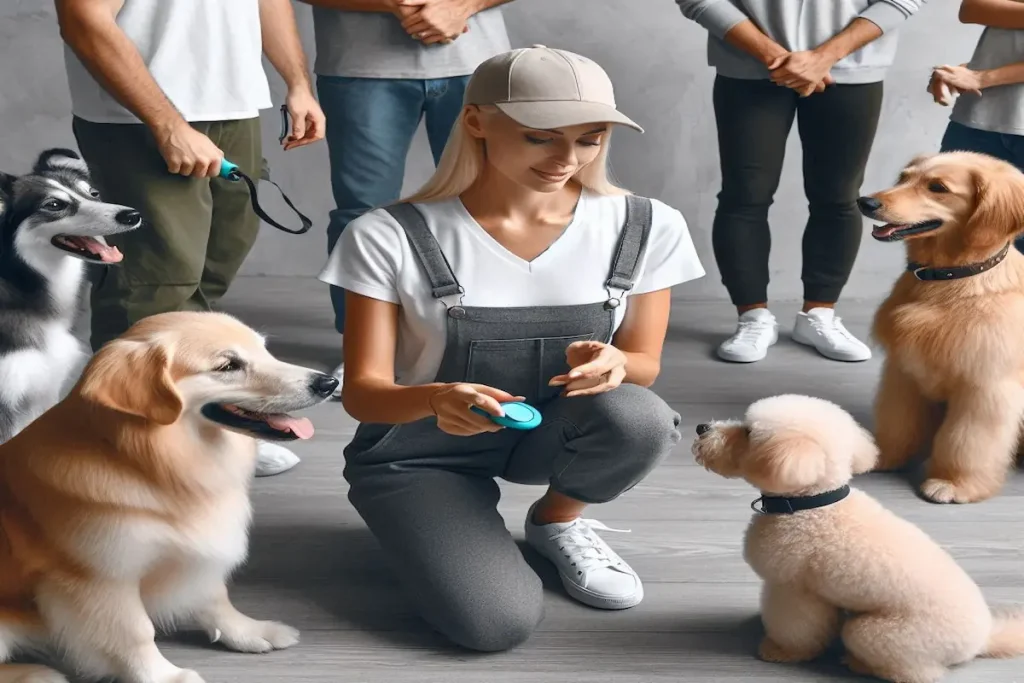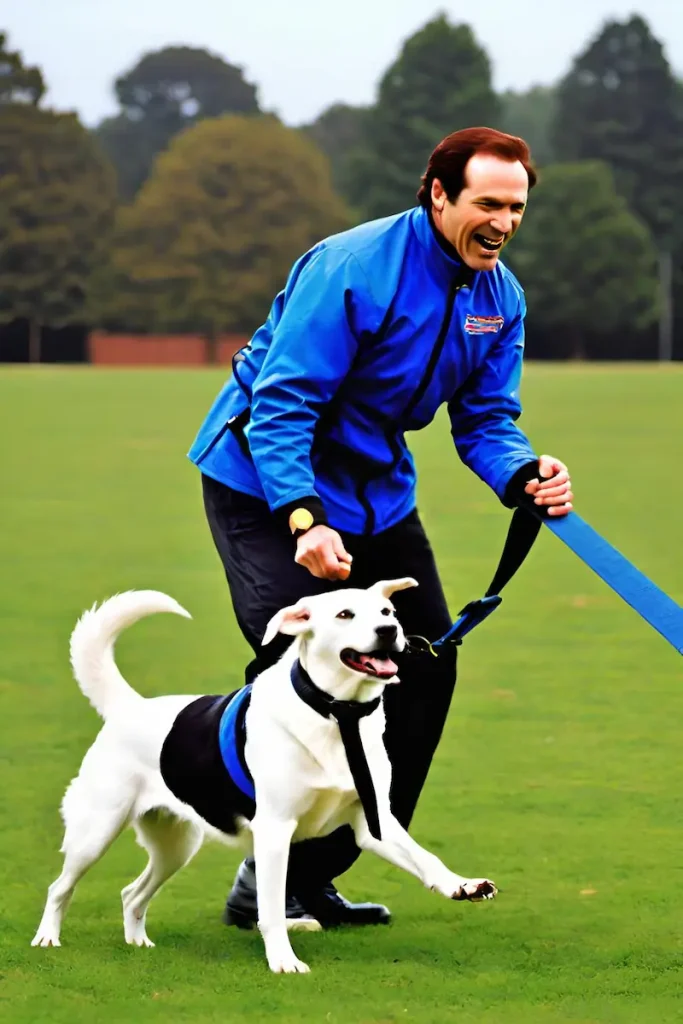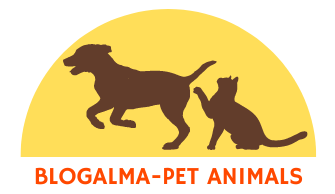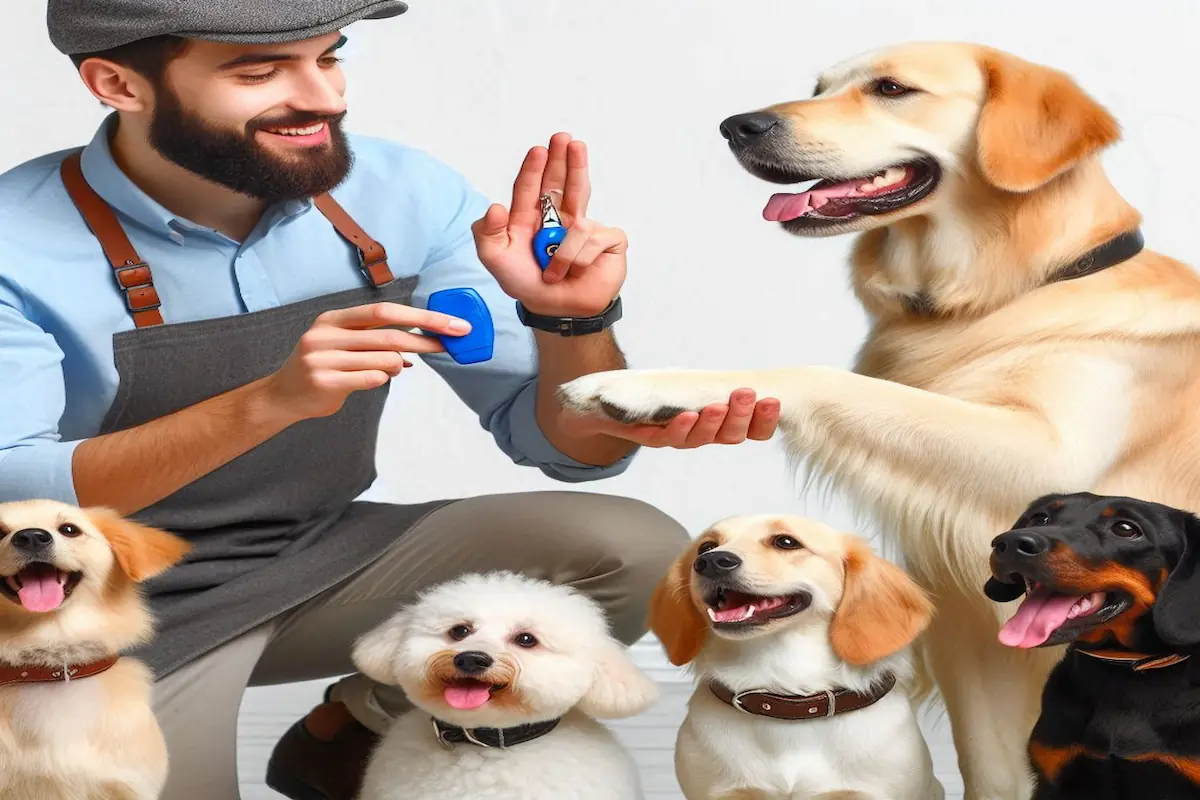Advanced Dog Training Exercises
1. Introduction
Are you ready to take your dog’s skills to the next level? Advanced dog training exercises are the perfect way to engage your pup, deepen your bond, and showcase just how intelligent and capable they really are! Just like humans, dogs thrive on challenges, and providing them with advanced training can turn routine obedience into a fun and stimulating experience.
2. The Benefits of Advanced Training

Why should you bother with advanced training? Well, beyond the obvious fun and games, advanced exercises offer numerous benefits. They enhance your dog’s obedience and help channel excess energy into productive activities. Plus, a well-trained dog is more likely to be welcomed in public spaces, making outings a breeze! Not to mention, it builds your dog’s confidence, preparing them for a variety of situations.
Related: How to Train Your Dog: Essential Tips for Pet Owners
3. Preparing for Advanced Training
Before you dive into the advanced exercises, there are a few essentials you’ll need to set the stage for success. First off, gather your tools: high-value treats, a clicker, and maybe a favorite toy or two. Also, ensure you have a distraction-free environment for your initial training sessions. Lastly, approach these sessions with patience and positivity. Your mindset plays a crucial role in how your dog perceives the training process.
4. Key Principles of Advanced Training

When embarking on advanced training, keep a few key principles in mind:
- Consistency is Key: Use the same commands and cues to avoid confusion.
- Patience Pays Off: Progress may be slow, but every small victory counts!
- Make It Fun: If training feels like a chore, both you and your dog might lose interest. Incorporate games to keep things lively.
5. Advanced Obedience Exercises
Let’s jump into some advanced obedience commands that will impress everyone at the dog park!
- Heel: Teach your dog to walk right by your side without pulling. It’s all about control and partnership.
- Stand: A solid command that can help during vet visits or grooming sessions.
- Leave It: This command is crucial for keeping your dog safe from hazardous items during walks.
Start with these commands, reinforcing them with treats and praise to motivate your pup.
Related: Essential Dog Training Words Every Owner Should Know
6. Agility Training Basics
Agility training is a fantastic way to challenge your dog both mentally and physically. It involves navigating through an obstacle course, which can include jumps, tunnels, and weave poles. Not only is agility fun, but it also helps build your dog’s confidence and strengthens your bond as you work together. Plus, it’s an excellent way for dogs to burn off excess energy!
7. Advanced Tricks to Teach Your Dog
Once your dog has mastered the basics, why not sprinkle in some fun tricks? Here are a few advanced tricks that will wow your friends:
- Roll Over: A classic that’s always a crowd-pleaser.
- Play Dead: A fun command that can be made into a game.
- Back-Up: Teaching your dog to walk backward can be both entertaining and useful!
Using treats and lots of encouragement, you can turn these tricks into a regular part of your training sessions.
8. Scent Work and Nose Games
Dogs have an incredible sense of smell, and harnessing that skill can be incredibly rewarding. Scent work involves teaching your dog to use their nose to find specific items or track scents. Start with simple games, like hiding treats around the house and encouraging your dog to sniff them out. This not only stimulates their mind but also provides a satisfying outlet for their natural instincts.
9. Distance Training
Training your dog to respond from a distance is a useful skill, especially for advanced obedience. Start by practicing commands like “come” from a short distance and gradually increase the space between you and your dog. It’s important to build their confidence and ensure they understand the commands before increasing the challenge. This skill is a game-changer for safety and control in various situations.
10. Working with Distractions
Let’s face it: the real world is full of distractions! Training your dog to maintain focus despite chaos is crucial. Start in a quiet environment and gradually introduce distractions. This could be other dogs, people walking by, or even sounds like doorbells. Use high-value treats to reinforce their focus on you amidst the distractions. It’s like preparing for a big game—practice makes perfect!
11. Behavioral Shaping
Behavioral shaping is all about reinforcing small steps toward a desired behavior. For instance, if you want your dog to jump through a hoop, start by rewarding them for simply approaching it. Gradually increase the requirements, rewarding them for each step they take towards the goal. This method builds confidence and helps your dog learn complex behaviors over time.
12. Clicker Training for Advanced Commands
If you haven’t tried clicker training yet, now’s the time! A clicker is a small device that makes a distinct sound, marking the exact moment your dog performs the desired behavior. This method enhances precision in training and helps your dog associate the sound with a reward. Use it during advanced training sessions to build a strong connection between commands and positive reinforcement.
13. Tracking and Search Exercises
Engaging your dog in tracking and search exercises can be incredibly rewarding. Start by hiding a favorite toy or treat in a designated area and encourage your dog to find it using their nose. Gradually increase the complexity by hiding items in different rooms or outside. This taps into their natural instincts and provides an excellent mental workout.
14. Socialization with Advanced Skills
While focusing on advanced training, don’t forget about the importance of socialization. Expose your dog to different environments, people, and other animals while practicing advanced commands. This helps your dog generalize their training and become more adaptable in various situations. Think of it as preparing your dog for a diverse world where they can shine!
15. Monitoring Progress in Advanced Training
Regularly evaluate your dog’s progress to ensure they’re moving forward. Keep track of their achievements and areas that need improvement. If your dog seems stuck on a particular command, try breaking it down into smaller, more manageable steps. Remember, training is a marathon, not a sprint!
16. Common Challenges and Solutions
During advanced training, you may encounter some common challenges, such as:
- Disinterest: If your dog seems bored, mix up your routine and incorporate new games or exercises.
- Frustration: If either you or your dog is feeling frustrated, take a break and come back with a fresh mindset.
- Inconsistency: Make sure everyone in the household is on the same page with commands and training techniques to avoid confusion.
Finding solutions to these challenges can help keep training on track and enjoyable.
17. When to Seek Professional Guidance
Sometimes, despite your best efforts, you might need a little extra help. Signs that you should seek professional guidance include persistent behavioral issues or a lack of progress with certain commands. Professional trainers can provide tailored advice and techniques to help you and your dog succeed.
18. Conclusion
Advanced dog training exercises are not just about teaching new commands; they’re about enriching your dog’s life and deepening your bond. By incorporating these techniques into your training routine, you’re setting your pup up for a lifetime of learning, fun, and companionship. So grab those treats, and let’s get started on this exciting journey!
19. FAQs
Q1: How long does it take to teach advanced commands?
A: The time varies by dog but typically ranges from a few days to several weeks, depending on consistency and the complexity of the command.
Q2: Can all dogs learn advanced tricks?
A: Most dogs can learn advanced tricks with the right motivation and patience. Some breeds may take to them more naturally than others.
Q3: What should I do if my dog doesn’t seem interested in training?
A: Try changing your training techniques, using higher-value treats, or incorporating playtime to make it more engaging.
Q4: Is agility training suitable for all dog breeds?
A: Agility training can be enjoyed by many breeds, but it’s important to consider your dog’s physical condition and age. Consult your vet if unsure.
Q5: How often should I practice advanced training exercises?
A: Aim for short, daily training sessions of about 10-15 minutes to keep your dog engaged without overwhelming them.

